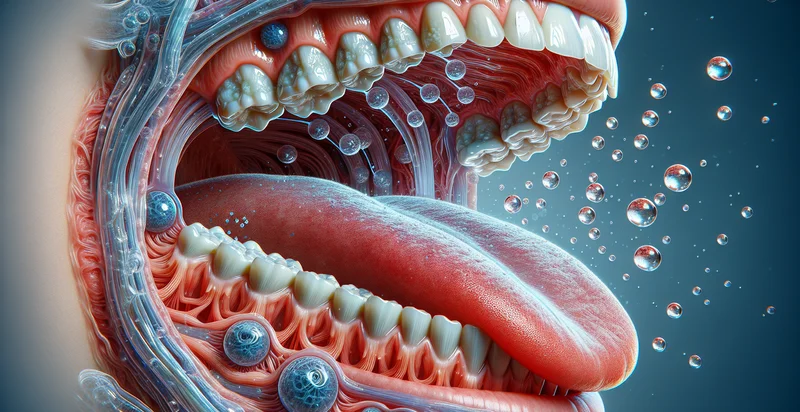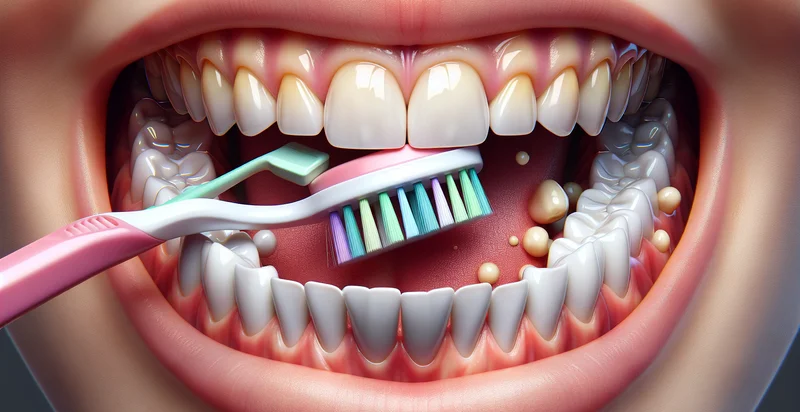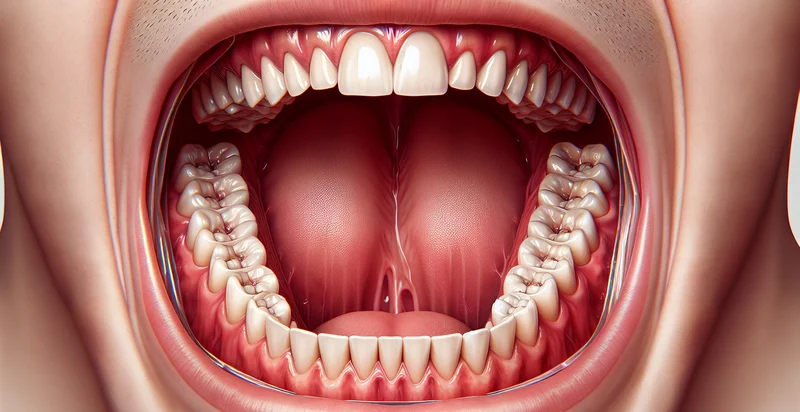Identify saliva flow
using AI
Below is a free classifier to identify saliva flow. Just input your text, and our AI will predict the rate of saliva flow under different conditions - in just seconds.

Contact us for API access
Or, use Nyckel to build highly-accurate custom classifiers in just minutes. No PhD required.
Get started
import nyckel
credentials = nyckel.Credentials("YOUR_CLIENT_ID", "YOUR_CLIENT_SECRET")
nyckel.invoke("saliva-flow", "your_text_here", credentials)
fetch('https://www.nyckel.com/v1/functions/saliva-flow/invoke', {
method: 'POST',
headers: {
'Authorization': 'Bearer ' + 'YOUR_BEARER_TOKEN',
'Content-Type': 'application/json',
},
body: JSON.stringify(
{"data": "your_text_here"}
)
})
.then(response => response.json())
.then(data => console.log(data));
curl -X POST \
-H "Content-Type: application/json" \
-H "Authorization: Bearer YOUR_BEARER_TOKEN" \
-d '{"data": "your_text_here"}' \
https://www.nyckel.com/v1/functions/saliva-flow/invoke
How this classifier works
To start, input the text that you'd like analyzed. Our AI tool will then predict the rate of saliva flow under different conditions.
This pretrained text model uses a Nyckel-created dataset and has 13 labels, including Consistent, Consistently High, Consistently Low, Dry Mouth, Elevated, Excessive, Hypersalivation, Hyposalivation, Insufficient and Normal.
We'll also show a confidence score (the higher the number, the more confident the AI model is around the rate of saliva flow under different conditions).
Whether you're just curious or building saliva flow detection into your application, we hope our classifier proves helpful.
Related Classifiers
Need to identify saliva flow at scale?
Get API or Zapier access to this classifier for free. It's perfect for:
- Diagnostic Tool for Salivary Disorders: This function can be employed by healthcare providers to identify patients suffering from conditions that affect saliva production, such as Sjögren's syndrome or dry mouth (xerostomia). By analyzing saliva flow, doctors can make more informed decisions regarding diagnosis and treatment options.
- Oral Health Monitoring: Dentists can utilize this classification function to monitor the saliva flow of patients over time, helping to identify changes that may indicate oral health issues. Consistent tracking can lead to early intervention and better patient outcomes, particularly in cases of gum disease or cavities.
- Pharmaceutical Research: In pharmaceutical studies, the saliva flow identifier can be valuable for assessing the effectiveness of medications that influence salivation. Researchers can utilize the data to evaluate drug impacts and to formulate strategies for enhancing medication delivery and efficacy.
- Personalized Nutrition Plans: Nutritionists can incorporate saliva flow analysis to design customized dietary plans for individuals with specific health concerns, such as those needing to stimulate saliva production for better digestion. Understanding a person's saliva flow patterns can lead to more effective and tailored nutritional recommendations.
- Stress and Anxiety Assessment: Therapists and psychologists can use the saliva flow identifier as a non-invasive tool to assess stress levels in patients, as reduced saliva flow can be indicative of anxiety. This could help in developing targeted therapy interventions based on physiological responses.
- Athletes' Hydration Monitoring: Sports professionals can apply saliva flow analysis to monitor hydration levels in athletes, as changes in saliva production can reflect hydration status. This function can aid in formulating personalized hydration strategies to optimize performance and recovery during training and competition.
- Veterinary Health Diagnostics: Veterinarians can utilize this tool to diagnose salivary gland issues or dehydration in pets. By monitoring saliva flow, they can better understand the health status of animals and make more accurate assessments during veterinary examinations.


